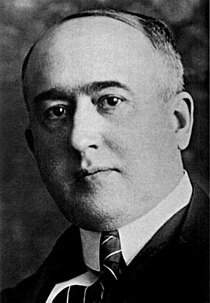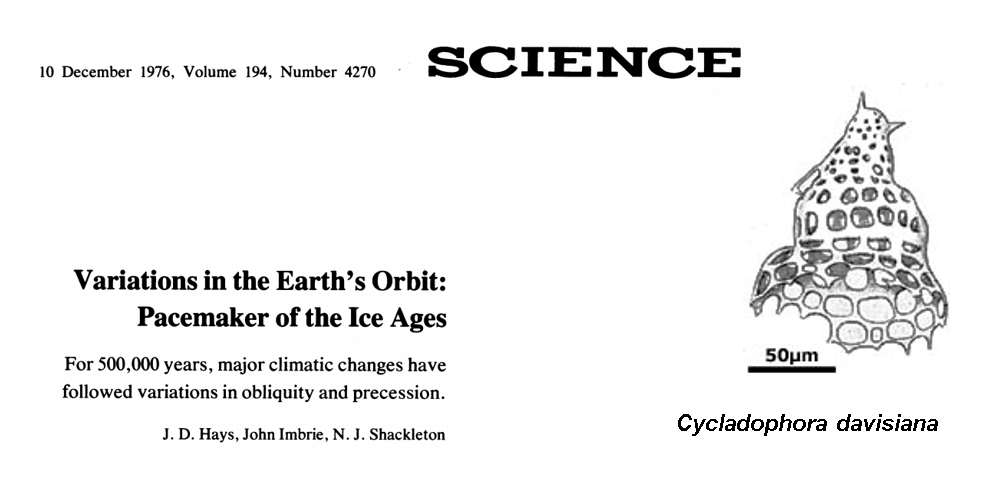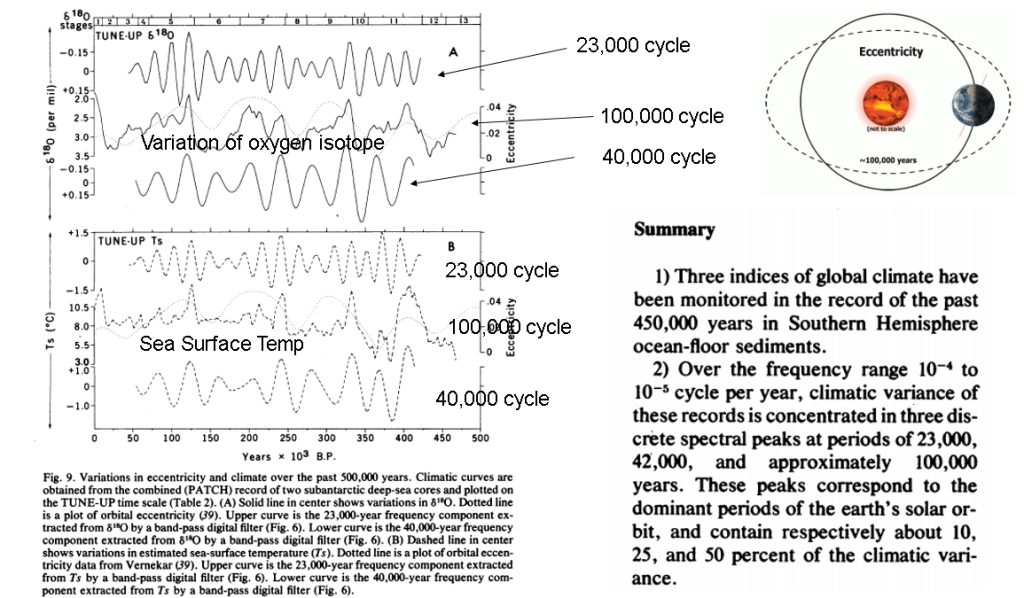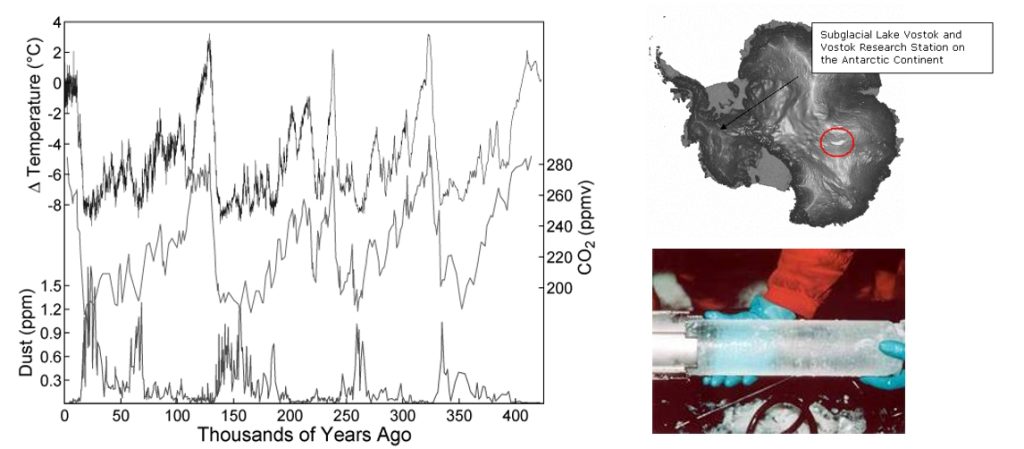85 Solving a Climate Change Mystery: Milutin Milanković: Ice Ages & Climate
Changes in the geometry of an orbit lead to the changes in the insolation (incoming solar radiation) – quantity of heat received by any spot at the surface of a planet.
“Canon of Insolation of the Earth and Its Application to the Problem of the Ice Ages“ – started in 1941 and published after the World War II.

1879 – 1958
Three kinds of Milankovitch cycles (here much exaggerated) affect the amount of solar radiation Earth receives.

Visual explanation:
Milankovitch Cycles: evidence from oceans


Understanding Natural Climate Cycles:
Milankovitch Cycles: evidence from Vostok
Ice cores have been taken from many locations around the world, primarily in Greenland and Antarctica.
One of the deepest cores ever drilled was at the Vostok station in Antarctica, which includes ice from as far back as 420,000 years.
NOTE: ppm – parts per million; ppmv – parts per million by volume; Δ – change.

The Vostok Core & Milankovitch Cycles Climate Applet: http://cimss.ssec.wisc.edu/wxfest/Milankovitch/earthorbit.html
